Fabric comes in all shapes, sizes, weights, and constructions. It can be natural, synthetic, or manufactured. Some fabrics have more stigma than others. In this blog post, we will be asking the question; what is viscose? A textile, which might be a little misunderstood.
What is viscose and where did it come from?
Perhaps you have heard of viscose, or maybe you know it better as Rayon. This is the term for viscose in the United States. But what actually is it?
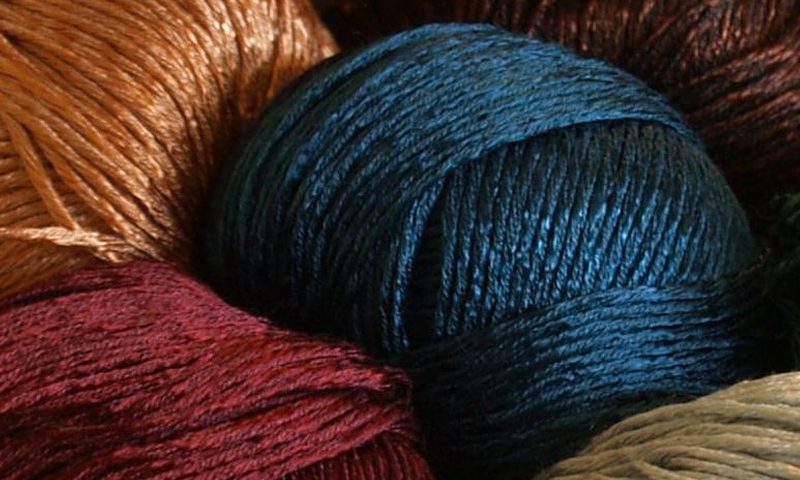
Viscose is a type of rayon. Originally known as artificial silk, in the late 19th century, the term “rayon” came into effect in 1924. The name “viscose” derived from the way this fibre is manufactured; a viscous organic liquid used to make both rayon and cellophane. What this means in English? Viscose is the generalised term for a regenerated manufactured fibre, made from cellulose, obtained by the viscose process.
As a manufactured regenerated cellulose fibre, it is neither truly natural (like cotton, wool or silk) nor truly synthetic (like nylon or polyester) – it falls somewhere in between.
Viscose is a low-cost fabric, which is popular thanks to its myriad of qualities. It can be found in cotton end uses, as well as luxurious velvet’s and taffeta’s. Viscose can also be found in feminine hygiene products, as well as tire cords.
Chemically, viscose resembles cotton, but it can also take on many different qualities depending on how it is manufactured.
So, what is this fibre of many faces? To really understand what viscose is, we need to understand how it is made and what it is made from.
What is cellulose?
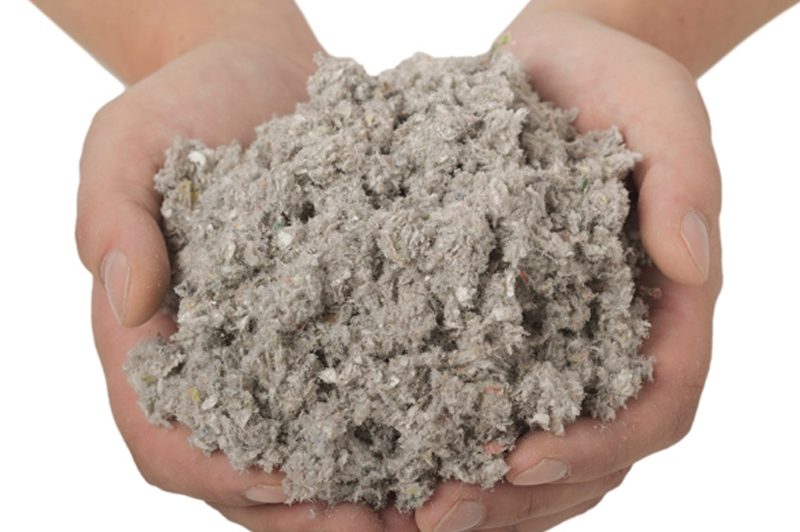
If a fibre is manufactured, then it is made from cellulose or protein. Cellulose is a carbohydrate and the chief component in the walls of plants. There is a difference between synthetic and manufactured fibres, which makes a difference in their sustainability. Viscose is made from wood pulp, making it a cellulosic fibre, like cotton or linen. It is often regarded as only partially manmade.
Manufactured fibres derive from naturally occurring cellulose, or protein, while synthetic fibres do not – they are completely manmade. So, if they come from a natural source, then why don’t they fall under the “natural fibre” category? Because they require extensive processing to get to the finished result. Therefore, the category of manufactured fibres is often referred to as “regenerated cellulose.”
Is viscose a sustainable fabric?
Because viscose is made from renewable plants, it is frequently cited as being environmentally friendly, and sustainable. But is this actually the case?
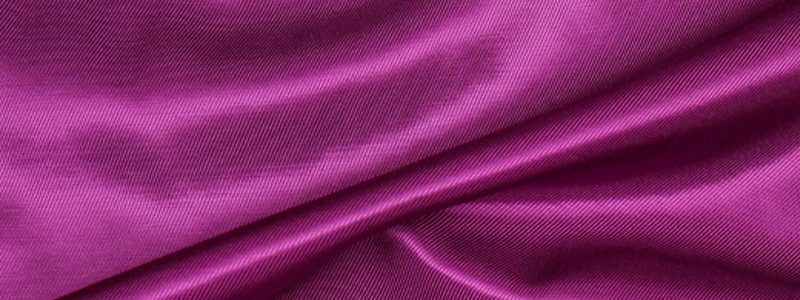
Viscose is the oldest manufactured fibre, first being produced in 1883 as a cheap alternative to silk. Viscose production generally begins with wood pulp, and there are several chemical and manufacturing techniques to make it.
This is where some controversy comes into play.
To create viscose, and make it stand up to regular wear and tear, it must be chemically treated. The recycled wood pulp is treated with chemicals such as caustic soda, ammonia, acetone, and sulphuric acid. We therefore have a fabric, which comes from a natural and sustainable source, but that is made with chemicals.
Because viscose is made from cellulose, there is an argument to say that it is a more sustainable fibre then other synthetic fibres, such as polyester. Viscose is increasingly being manufactured using the Lyocell process. This uses N-Methlymorpholine N-oxide as the solvent. This method produces little waste product, making it far more eco-friendly.
What are some characteristics of viscose?
Viscose has a myriad of brilliant qualities, which makes it a popular fibre to work with. Thanks to its characteristics, several industries use it, to create a wide range of products. Some of the most beneficial characteristics of viscose include:
- Versatile – it blends very well with other fibres
- Breathable
- Drapes well
- Excellent colour retention
- Highly absorbent
- Very smooth
- Does not trap body heat
- Relatively light
- Strong and robust
- Soft and comfortable
- Inexpensive
- No static build up
These all sound great, but there are some slightly less positive traits to viscose. However, none of these are particularly negative. A little care during wearing and washing, will make these traits obsolete.
- It can shrink when washed
- Can wrinkle easily
- Deteriorates with exposure to light
- Susceptible to mildew
- Fibres can weaken when wet
Viscose: a misunderstood fabric?
When a fabric is not labelled as “natural” then consumers can judge it harshly, without any true understanding of the fabric. Viscose is probably the most misunderstood of all fibres, manmade or natural. It is not a natural fibre, but nor is it synthetic.
In regards to the use of chemicals in the production of viscose, as fabric technology advances, many manufacturers are making considerable and positive efforts to ensure clean production. As we continue to strive for a green-friendly world, increasing work is being put into the sustainability of fibres such as viscose.
Viscose has many desirable qualities, which makes it a wonderful fibre to work with in many ways. Because of its unique versatility, many industries use viscose, from fashion, to medicine, to those specialising in home decor.
Printing on Viscose
You can print your designs on viscose in just a few simple steps. First, upload your design, photos or pattern. Then make sure it’s the right size and in the right position. Once you’ve done that you can choose whether to repeat your pattern using one if our repeat effects, and then all that’s left is to choose your dimensions and place your order. You can get your hands on a discount voucher if you order a test print first, plus it means you get to see for yourself just how easy it is.
What do you think?
We would love to know your thoughts on viscose. Do you love it, or are you wary of it? Let us know in the comments below.
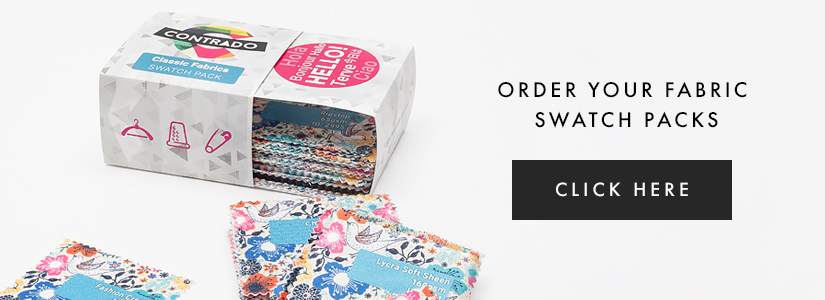


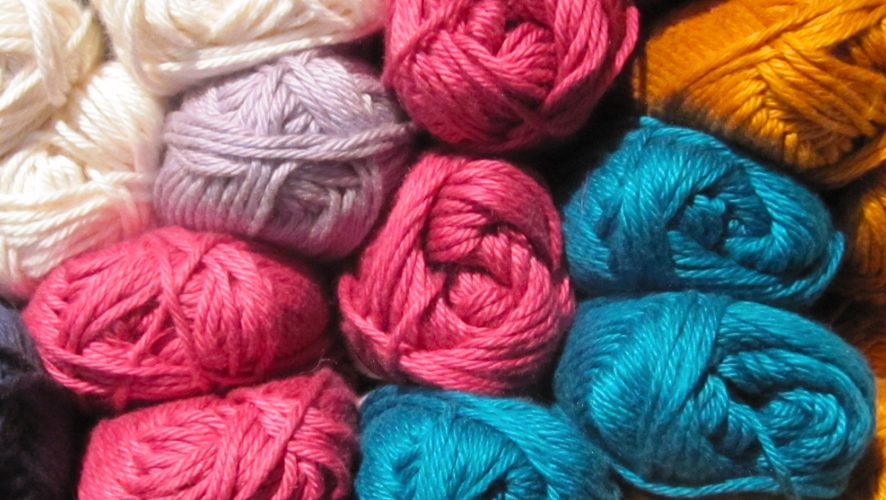
Viscose is 100% natural. It is processed with chemicals but the final product does not have any chemical content.
You are missing one key point. Does it biodegrade?